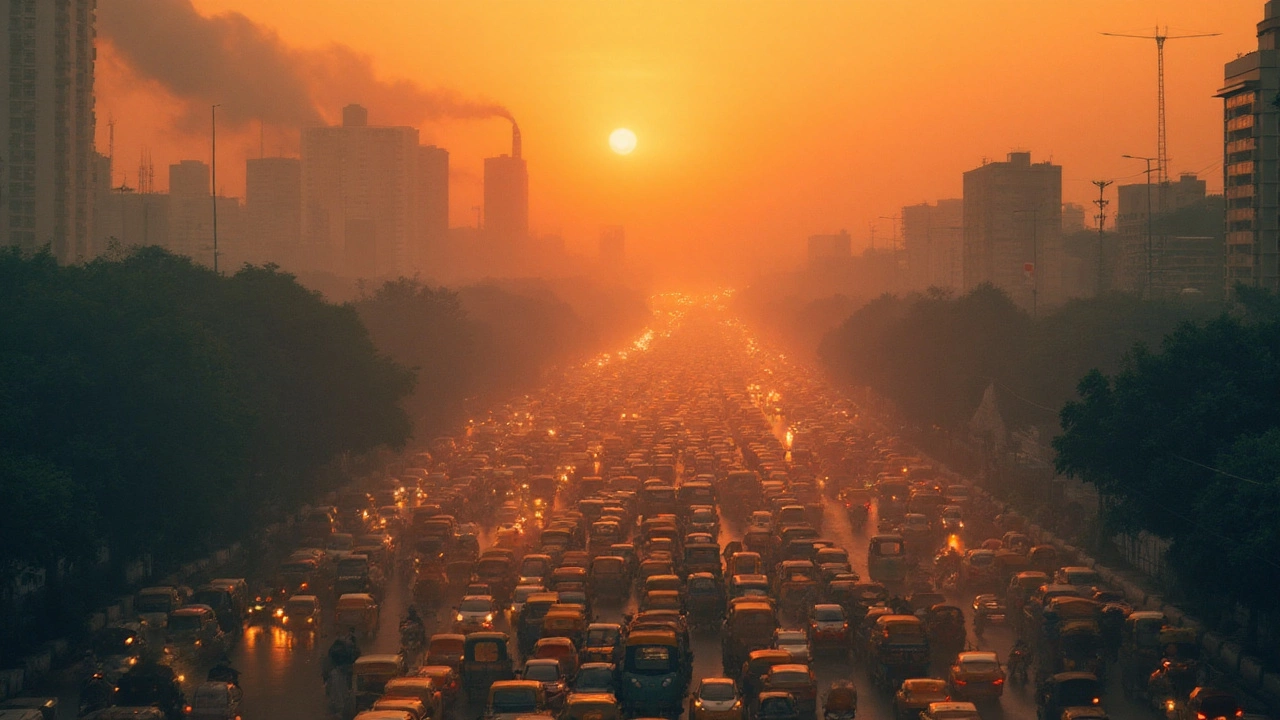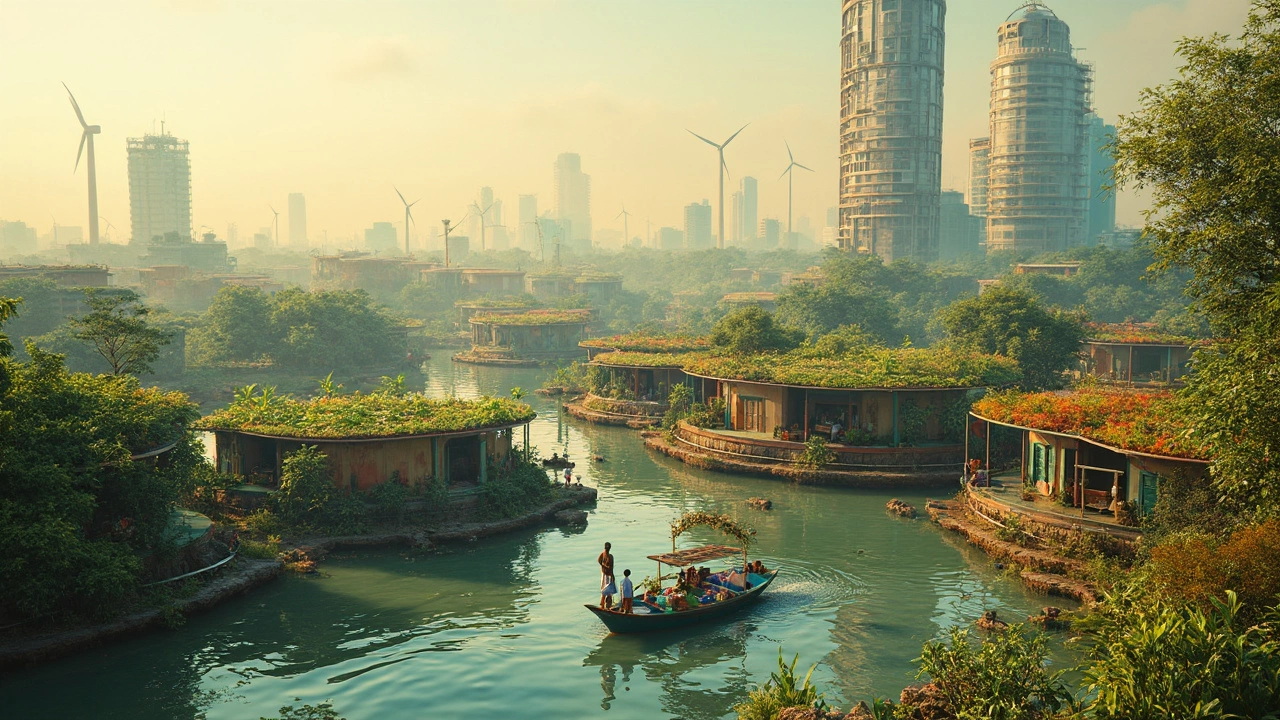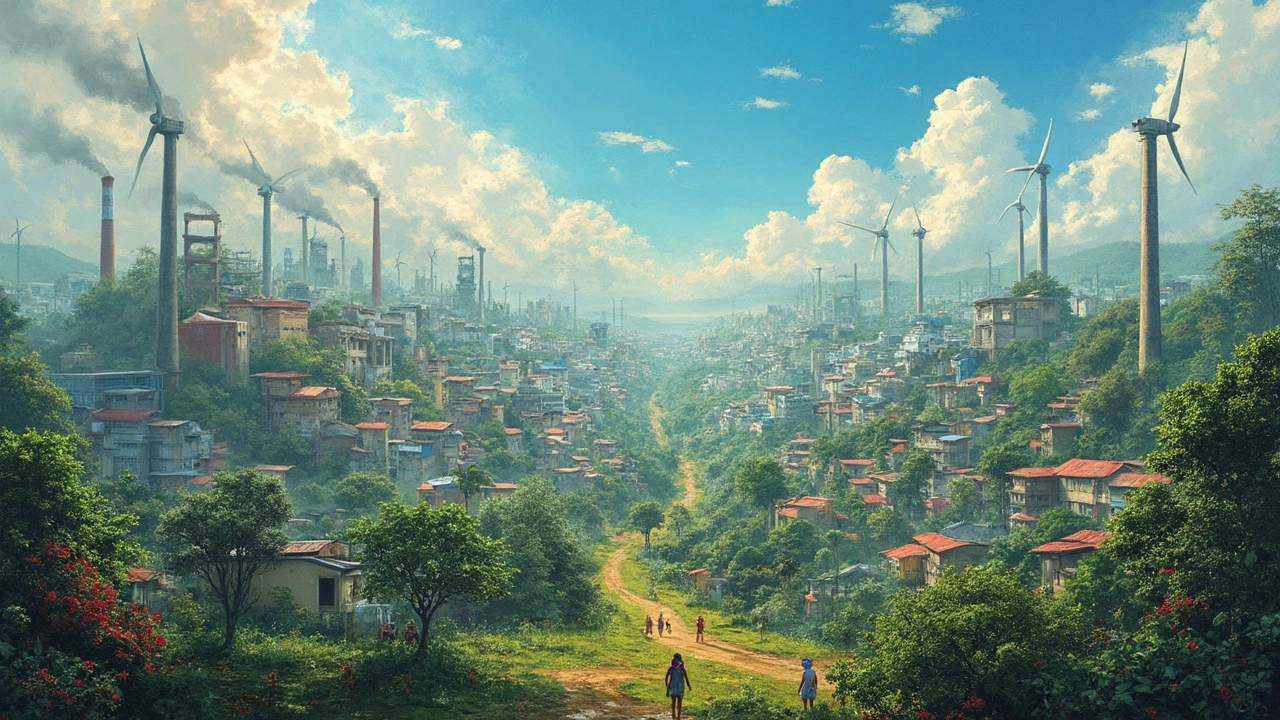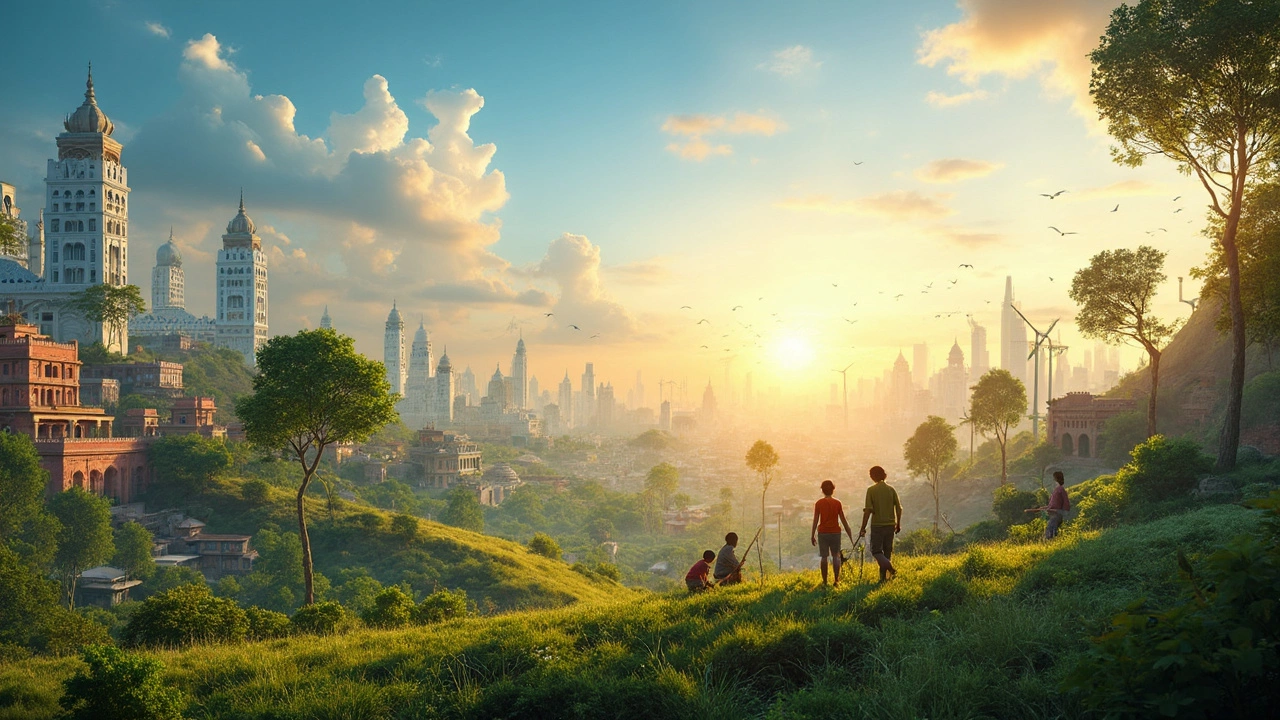Climate Change: What’s Really Happening and How It’s Changing Everything
When we talk about climate change, the long-term shift in global weather patterns driven largely by human activity. Also known as global warming, it’s not just about hotter summers—it’s about entire systems falling out of balance. The planet’s average temperature has risen by more than 1.2°C since the late 1800s, and nearly all of that increase happened after 1975. Scientists agree that human actions—burning coal, oil, and gas—are responsible for 70-80% of the warming we’ve seen since the mid-20th century. This isn’t a theory. It’s measured in ice cores, ocean temperatures, satellite data, and the rapid retreat of glaciers that haven’t moved in thousands of years.
Behind every record-breaking heatwave or flooded city is the same root cause: greenhouse gases, gases like carbon dioxide and methane that trap heat in the atmosphere. We’ve pumped so much of them into the air that the planet’s natural balance is overwhelmed. carbon emissions, the primary driver of this buildup, mostly come from energy use, transportation, and industry. And it’s not just the amount—it’s the speed. The last decade was the hottest in 125,000 years. The Arctic is warming four times faster than the rest of the planet. Oceans are absorbing over 90% of that extra heat, making them hotter, more acidic, and less able to support life. These aren’t distant threats. They’re happening now—in your town, your food supply, your insurance rates, and your water bills.
What does this mean for you? It means the weather you remember isn’t the weather you’ll get. It means coastal homes are at risk from rising seas, farms are struggling with unpredictable droughts, and cities are rethinking how they build, power, and move people. But it also means we have more tools than ever to respond. From renewable energy to climate-resilient crops, the science is clear: we can still change the course—if we act on what we know.
Below, you’ll find real stories from the front lines of climate science: what’s being discovered, what’s already broken, and what still has a chance to be fixed. No fluff. Just facts, timelines, and what you need to understand about the world we’re living in—and the one we’re building.
Explore the top threats to ocean life-climate change, plastic waste, overfishing, acidification and habitat loss-and learn how they interact and what can be done.
A clear, science-based timeline for when parts of Earth become hard to live in, what “uninhabitable” really means, regional risks, and actions to slow and adapt.
A deep dive into which country burns the most fossil fuels, packed with facts, rankings, real-world impacts, and eye-opening trends.
Dive into the five biggest research questions about climate change, covering science, impacts, and how we can adapt and act effectively right now.
How young did early humans start raising families? This article digs into the real ages when prehistoric people had babies, why that mattered, and how climate shaped their choices. Get the facts about ancient puberty, parenting, and survival. Learn which clues scientists look for in ancient bones and what this reveals about our evolution. See why the climate is always part of the story—even when it comes to babies.
This article breaks down the hard-hitting scientific evidence behind climate change, making complex research easy to understand. It dives into temperature records, glaciers melting in real time, rising sea levels, and undeniable shifts in weather patterns. You'll get clear facts straight from real studies and learn what signs scientists look for when tracking our planet’s health. Get up-to-date tips on where to find reliable data and how to spot myths versus actual evidence. If you want proof that climate change is real, this piece delivers the facts.
Wondering what daily life might be like by 2100 with climate change hitting full swing? This article explores real world changes you might see: from rising sea levels flooding cities to new foods showing up at dinner, and even how tech could help us survive hotter days. Find out what scientists are actually saying, what it could mean for jobs, health, and where people live, and pick up some tips on how you can get ready for whatever comes next.
2024 is shaping up to be even hotter than 2023, and not just by a small margin. With record-breaking temperatures in places that never used to see this kind of heat, scientists are scrambling to understand what's pushing the planet to new extremes. This article takes a close look at how 2024 compares to the last year, what the experts are seeing, and why even tiny bumps in global temperature can make a huge difference to everyday life. You'll also find tips on how to cope with hotter days ahead. The story isn't just about numbers—it's about what those numbers mean for you.
Cut through the confusion and myths about global warming. This article lays out the hard facts, why the climate is changing, and what the science actually says. Get simple explanations about greenhouse gases, temperature trends, and climate risks. Plus, find out things you can do to make a real difference. No jargon, just the truth.
Exploring whether Earth will remain habitable by the year 2300 involves understanding the impacts of climate change, our influence on the environment, and the advancements in technology that could shape our future. Key considerations include rising temperatures, sea-level increase, and biodiversity loss. Learning from past environmental shifts can help us make decisions today that protect the planet for future generations. The article also discusses potential solutions and innovation required to avert ecological crises.
This article explores the connection between climate change and global warming, discussing how human activities contribute to increasing global temperatures. It delves into the role of greenhouse gases and offers practical tips on reducing carbon footprints. The piece also examines prevalent myths and provides insights from recent studies. Overall, it aims to enhance understanding of this critical global issue.
Human activities significantly contribute to global warming, largely through the emission of greenhouse gases. Leading climate experts estimate that human actions are responsible for approximately 70-80% of the observed warming since the mid-20th century. This warming trend has sparked an increased focus on sustainable practices and renewable energy to mitigate future impacts. Understanding the human role in climate change is essential for effective global policy and personal actions.















